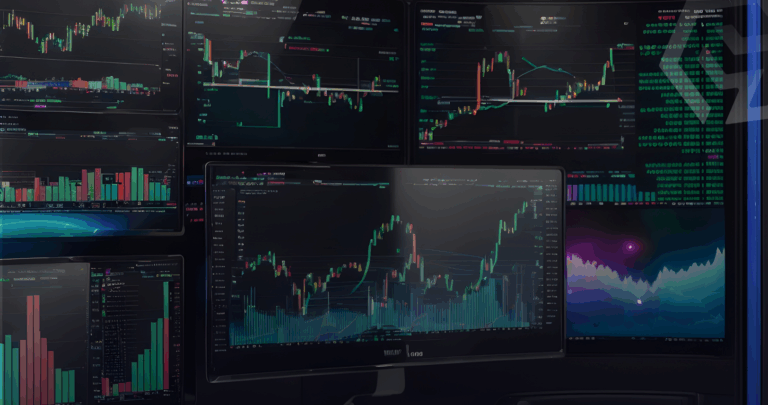The recent data on the U.S. consumer market has sent strong signals through the market about potential rate cuts. New PPI data has produced lower-than-expected outcomes, falling to 2.6%, below the 3.3% many investors predicted. While some indicators suggest price pressures are easing, the persistence of core inflation could complicate the outlook. However, future rate cuts are still on the table if nothing changes.
Reading the latest inflation data
The recent Producer Price Index (PPI), which tracks costs at the wholesale level, declined by 0.1% in August. Surprisingly, economists had predicted an increase given the current job market and other factors that would impact prices.
This is the third time this year that PPI has shown a monthly decrease—suggesting inflation pressures at the production level are diminishing. Even more important is that the service sector, which drives over 80% of U.S. GDP, experienced a monthly decrease, with a 0.2% fall in prices.
The Consumer Price Index (CPI), which measures what consumers actually pay, provides a more complex picture of the health of the U.S. economy and potential rate cuts. A key concern for the Fed is the CPI, as it could contradict existing PPI data and send mixed signals to major investors—directly affecting crypto prices.
Potential of upcoming Fed rate cuts
Even as inflation has cooled off from 2022’s 9.1% peak, the market has still seen an increase in household prices. Despite sticky inflation figures creating some confusion, the market is still expecting upcoming rate cuts during the next meeting.
During previous outings, Fed Chair Powell emphasized a September rate cut of quarter-points is “highly likely,” but as we’ve seen, it is highly dependent on other market indicators. Yet, investors remain optimistic that rate cuts could be announced on September 17th.
A rate cut would help lower borrowing costs. Everyday spenders would benefit from lower costs on credit cards and auto loans, stimulating the economy. Financial sectors would also be impacted, with investors increasing their exposure to riskier assets. However, Federal Reserve officials have acknowledged the softening labor market, and a rate cut could help prevent a more significant downturn in the market.
The question on rate cuts—if CPI data comes out as expected—is no longer if the Fed will cut rates, but by how much and what happens next.
Muted market reactions
While PPI data was positive and contradicted experts predicting a 0.3% rise, the market hasn’t experienced major swings and has remained relatively quiet. One reason is that CPI data is more important and provides a clearer direction.
Stocks saw only a slight increase of 0.3%, while the Dow lost 0.48% on the day. Treasury yields only moved slightly lower, as CPI data is expected to provide a bigger picture of the market and the likelihood of a September rate cut, while PPI offered only brief confirmation.
More important was the crypto market, which showed a slight reaction—jumping past $114,000 before retracing to the same level. Consensus among crypto investors is positive, with 72% of predictions expecting Bitcoin to stay above the $115,000 level post-CPI.
However, analysts believe the market has already priced in rate cuts and may not move parabolically as expected after September 17th. A rate cut could signal economic weakness, and without stronger ETF inflows, Bitcoin might still consolidate. This means altcoins could take the lead, but only if retail capital and demand flow into riskier assets.
What to expect next
Looking ahead, the upcoming CPI report will take center stage as the final major data point before the Federal Reserve’s next policy meeting. This report is expected to play a pivotal role in shaping the Fed’s monetary policy decisions. Key factors to monitor include the Core CPI, which excludes volatile food and energy prices. If the Core CPI reading comes in higher than expected, it could prompt the market to reassess the likelihood and timing of rate cuts this year.
Continued weakness in job growth or rising unemployment figures may intensify calls for the Fed to pivot toward a more accommodative stance, easing policy to support economic stability.
Fed commentary will also be critical in understanding their outlook. Changes in tone or specific language used by Fed officials in speeches or statements could provide valuable clues about their future intentions regarding interest rates and broader economic policy. Together, these elements will paint a clearer picture of the Fed’s approach to navigating the current economic climate.
Navigating an uncertain path
The current economic and financial environment can be difficult to navigate, especially for new investors. Even experienced investors struggle with keeping track of policy shifts and adapting to market volatility. Yieldfund provides a way for investors to navigate market uncertainty and still earn up to 5% monthly interest, despite ongoing volatility.Want to explore how our quantitative trading company generates consistent returns? Reach out to one of our investor relations managers to learn more about our Yieldfund investment plans.


